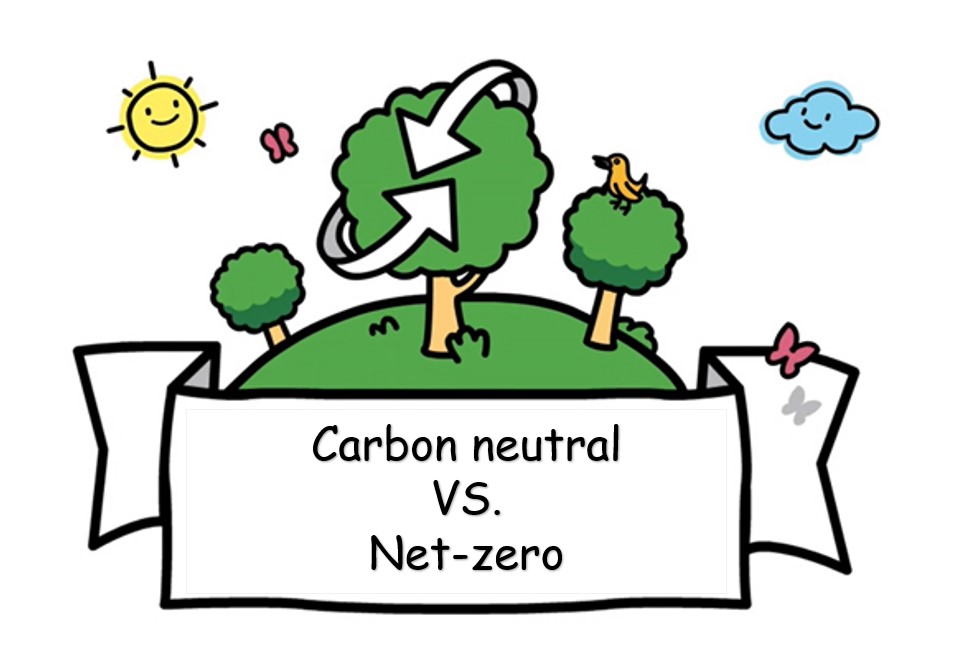Carbon neutral VS. Net-zero |Aquasky

Carbon neutral (or carbon neutrality) means companies, processes and products become carbon neutral when they calculate their carbon emissions and compensate for what they have produced via carbon offsetting projects. Offsetting carbon emissions, in addition to avoidance and reduction, is an important step in holistic climate action. It is the balance between emitting carbon and absorbing carbon emissions from carbon sinks.
This can be achieved by buying 'carbon credits' – in essence, permission to emit carbon dioxide or other GHG in exchange for offsetting the effects of those emissions – and/or by supporting GHG-reduction initiatives such as renewable-energy projects.
Each credit represents one tonne of emissions reductions, and these reductions can come from avoiding emissions (for example: preventing deforestation) or by removing already emitted carbon (for example reforestation).
Why is this important? If we are to avoid a climate catastrophe, we must act quickly to slow down and repair the damage being done to our atmosphere. Going carbon neutral helps negate part of the unavoidable negative impact of doing business.
Purchasing carbon offsets and going carbon neutral is something that can be achieved here and now; it doesn’t need long-term planning. Although converting to new zero-emissions hardware or technology will be critical in the future, many carbon-negative technologies don’t always exist yet, and transformations always take time.
Net-zero means no carbon was emitted from the get-go, so no carbon needs to be captured or offset. For example, a company's building running entirely on solar, and using zero fossil fuels can label its energy as “zero carbon.” Net-Zero emissions balance the whole amount of greenhouse gas (GHG) released and the amount removed from the atmosphere. Net zero carbon is actually reducing or limiting the number of greenhouse emissions that you’re producing.
As a simplified example, in the case of air travel: if in total, people within a given business take 10 flights per year, the organization could achieve carbon neutrality for those 10 flights simply by buying enough carbon credits or by supporting renewable-energy projects to offset the emissions (or a combination of the two).
To achieve net-zero carbon, the company would need to reduce the number of flights per year as much as possible (to five, for instance) and also invest in projects that remove from the atmosphere the carbon dioxide produced by emissions from the other five flights.
In short, achieving net zero and carbon neutrality has the same end result – removing harmful emissions from the earth’s atmosphere – but the scale and kind of emissions removed are different.Net zero is similar in principle to carbon neutral, but is expanded in scale.
Action to reach net zero is happening on a global scale but requires the collaboration of world governments, as well as private and third sectors. Research has shown that carbon neutrality is good for businesses in the long run. Achieving it not only allows businesses to save on costs through better operational efficiencies and tax reductions, but it also helps protect the natural environment for all stakeholders necessary for it to succeed.
If you have any further questions, please feel free to contact us.
E-mail: [email protected]
We will be pleased to answer any questions you may have.